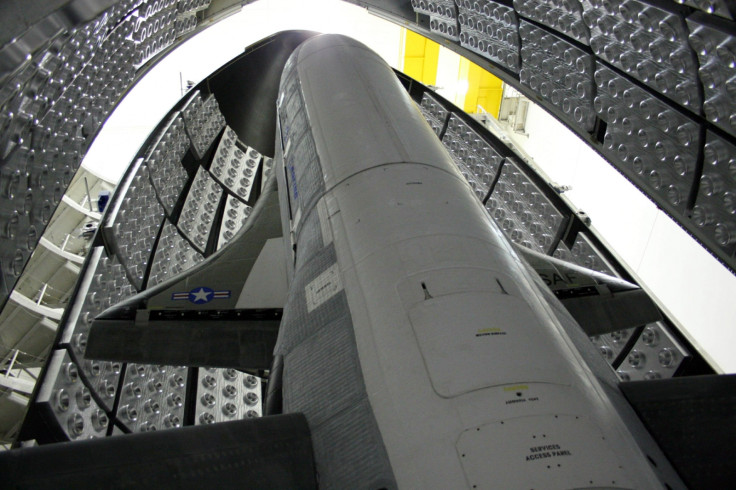US and China accuse each other of launching secret space missions

The US and China have accused one another of carrying out secret space missions.
Earlier this month, a report released by the Pentagon showed how the US Defence Department believe China tested anti-satellite technology in May 2013.
The report said the Pentagon had suspicions it was a test of technology used for either countering or destroying satellites in geosynchronous orbits.
China claimed the launch was a scientific sounding rocket mission. The Chinese Academy of the Sciences' National Space Science Centre said the rocket was designed to study the high-energy particles in the upper atmosphere and near-Earth space.
However, US experts are not convinced: "The launch profile was not consistent with traditional space-launch vehicles, ballistic missiles or sounding rocket launches used for scientific research," the report, released on 8 May, said. "It could, however, have been a test of technologies with a counterspace mission in geosynchronous orbit."
Speaking to SpaceNews, Pentagon spokeswoman Monica Matoush added: "We tracked several objects during the flight but did not observe the insertion of any objects into orbit and no objects associated with this launch remain in space. Based upon observations, we assess that the objects re-entered the atmosphere above the Indian Ocean."
Following the release of the report, the US Air Force tested out its own "suspicious" space plane.

The X-37B Orbital Test Vehicle was launched on 20 May on an Atlas V rocket from Cape Canaveral. The plane, built by Boeing, is described by China's news agency Xinhua as looking "much like Nasa's retired space shuttles, only much smaller".
According to Xinhua: "The exact purpose of the X-37B was never revealed and the secrecy surrounding the project has led to speculation that the solar-powered X-37B can be used as a spy satellite or to deliver weapons from space."
The report notes that how long the X-37B will remain in orbit is unknown, but the last three missions have lasted for increasingly greater lengths of time. With the latest mission, the Air Force said that an experimental thruster was on board.
Mistrust between the US and China over each other's space capabilities is an ongoing cat and mouse game. In February, China announced it was planning to increase its military capabilities in space as a result of the US and other world powers developing their own astronomical weapons.
China's President Xi Jinping told the military to "speed up air and space integration and sharpen their offensive and defensive capabilities".
Mystery has also long shrouded the X-37B. In 2012, ahead of its third launch, Dave Webb, chairman of the Global Network Against Weapons & Nuclear Power in Space, told USA Today that the planet was "part of the Pentagon's effort to develop the capability to strike anywhere in the world with a conventional warhead in less than an hour".
© Copyright IBTimes 2025. All rights reserved.






















